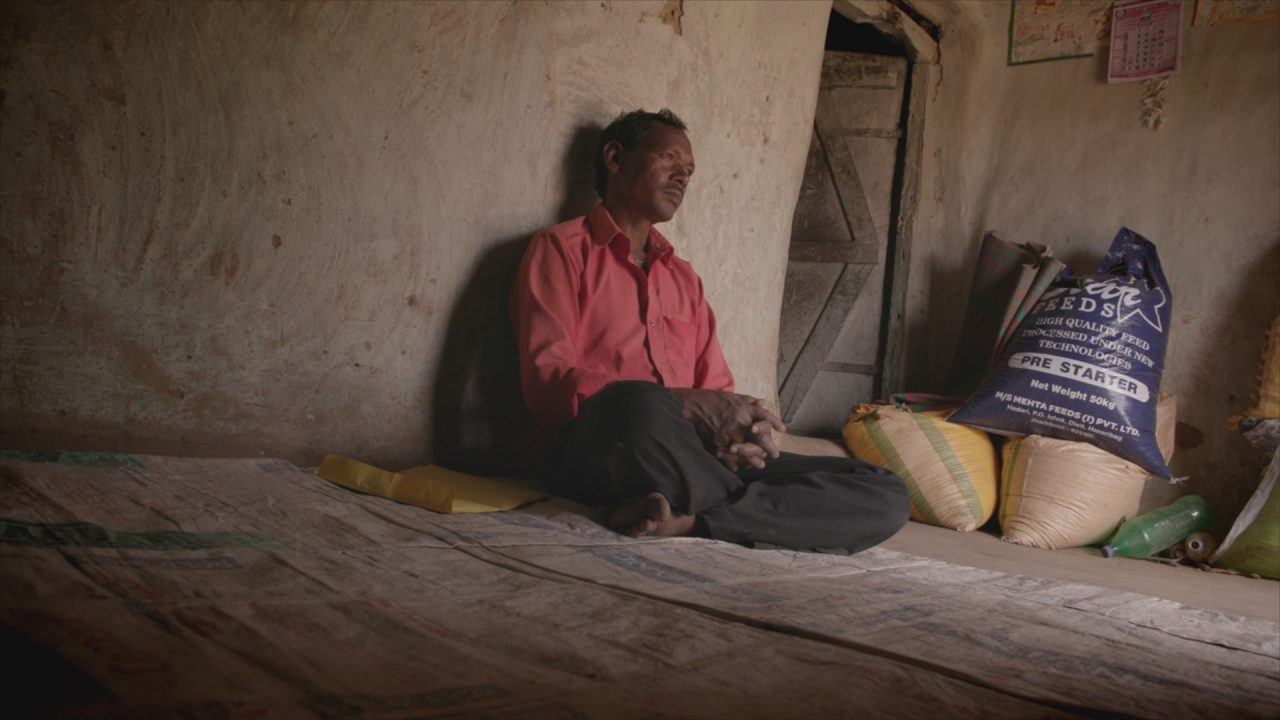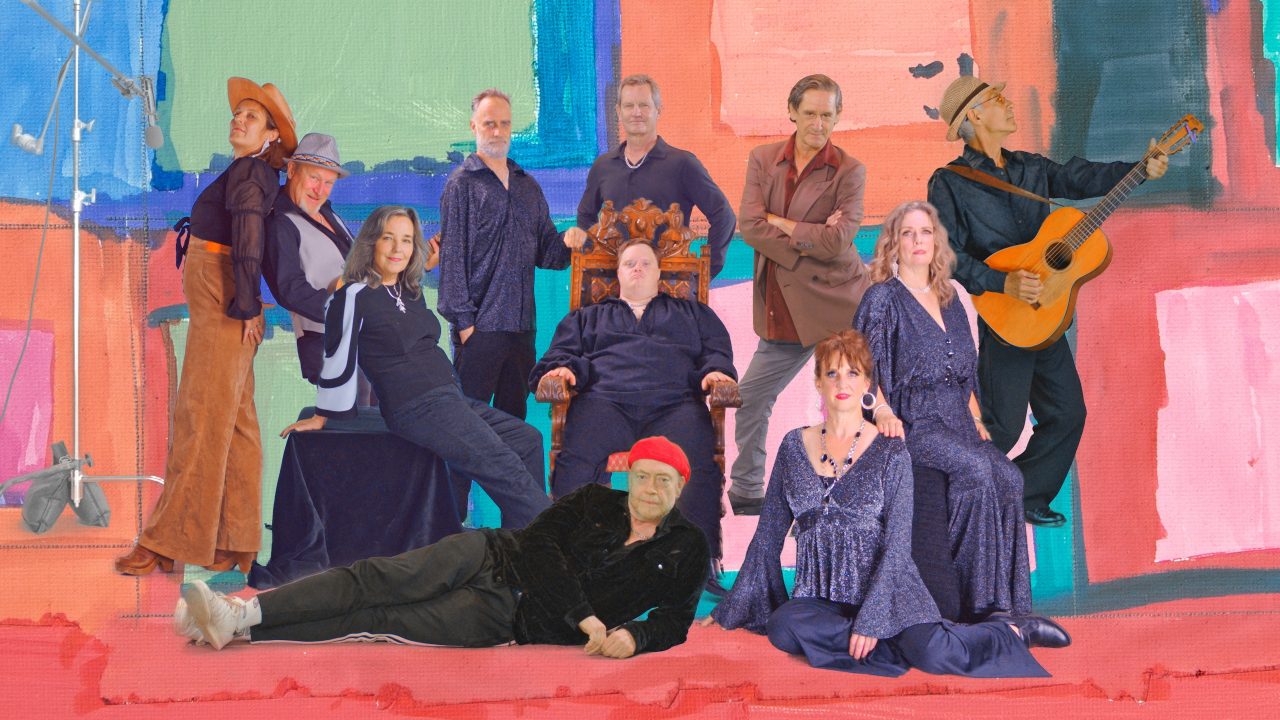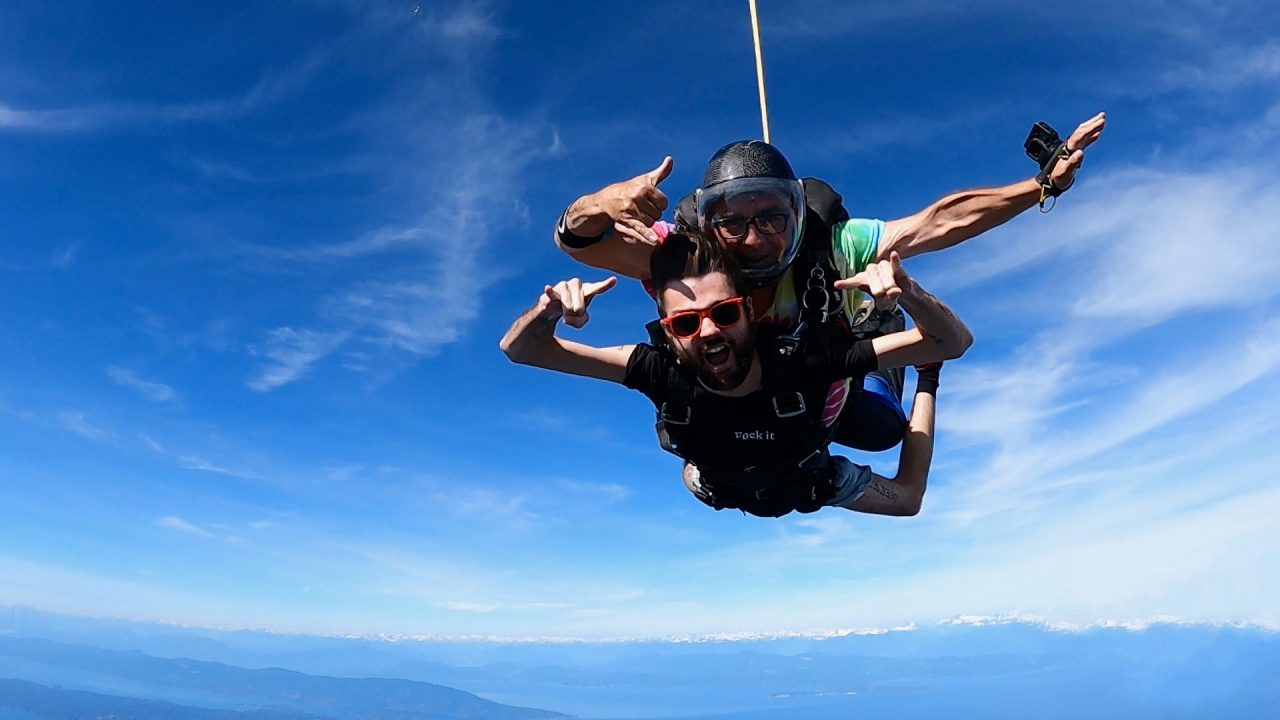How to use technology as a tool for social change
The Seven Interventions of Filmmaker-in-Residence, Heather Frise & Katerina Cizek, provided by the National Film Board of Canada
Today I put a small selection of films online from the Filmmaker-in-Residence box set. This project, which was led by filmmaker Katerina Cizek, is kind of like a modern-day version of the NFB’s famous Challenge for Change project, which introduced video as a means of instigating change within a community.
Katerina’s project involved spending over 4 years at St. Michael’s Hospital in Toronto, building relationships and creating films aimed at improving certain aspects of the healthcare system. On the occasion of this launch, she did a quick interview with me for this post.
Julie Matlin: How did the Filmmaker-in-Residence project originate?
Katerina Cizek: In 2004, Tom Perlmutter (now the Govt. Film Commissioner/Chairperson of the NFB) was head of English program and waned to revisit Challenge for Change in the digital age. I had previously worked on another project about the use of handheld cameras and new technology being used to defend and document human rights. We simply brought these two ideas together.
We looked into St. Michael’s Hospital, which is an inner-city hospital in Toronto. I spent quite a bit of time on the ground, getting to know people. Instead of looking for good story ideas, I looked for interesting people to work with. I kept my slate clean and left the ideas and goals up to the people I was working with. It was a collaborative process, one that was process-driven instead of project-driven.
In the end, what started out as a “small” idea turned into a 5 year project.
JM: What do you mean by process-driven as opposed to project-driven?
KC: The majority of the time was spent conceiving and developing the frameworks of academic research. We did a lot of work on intricate protocols and ethics which went to the hospital board to be approved. I learned from the medical partners how to deal with confidentiality issues and things of that nature. We walked through all the risks and potential benefits of each project long before we got started. That’s where all the real work was done.
It’s a great way to work with people. As you’re mapping things out, you’re building trust, understanding and addressing concerns in a real way.
It was a year and half before I picked up a camera, and it was in Malawi. I flew there with Dignitas, who worked closed with St. Michaels. Our goal was to show what happens when you combine global expertise with what exists on the ground. We wanted to show a new way of dealing with AIDS that focused more on models rather than infrastructure. And thus, The Bicycle was our first project.
JM: What separates these films from conventional documentaries?
KC: The starting point relationship. Rather than convincing people to be in my film, I asked, “How can we work together?”
For example, I Was Here started as participatory workshops. It was a 6 week pilot project with a baby nurse who was doing outreach for homeless women. We wanted to put digital cameras in the hands of these young mothers so they could create photo voice projects (people’s own voices accompanying photographs, usually text-based) because we felt it was a great way to help young parents teach hospital staff, shelters and service providers about where they’re coming from. But it took us close to 2 years before our first workshop day.
We trained them on the equipment and met twice a week for 6 weeks. We built the project together. We developed a complex consent protocol so that women could join the group, yet never have to have their face or voice shown. While this may sound simple, there was a glaring contradiction between the academic research (which guarantees confidentiality) and the NFB (which ensures freedom of information).
As the women moved through the workshop, they decided they wanted their work to be shown. This sprouted into the Street Health Stories. Then that same group stayed together and moved on to video projects. But if we’d started with video, the project never would have gotten off the ground. It took 2 years for them to feel comfortable enough for us to bring in the cameras.
JM: How are the films being used to implement change and inspire social action?
KC: The films in this box set make up different kinds of interventionist media. The product doesn’t matter as much as the stories and the uses for them. We’ve always identified the goals early on and worked towards those goals.
For example, with The Bicycle we asked “What is community based care? What does that really mean?” By following Pax (the film’s protagonist), community based care starts to make sense.
Documentary is a great way to meet a real live person in a real life place. That film has been seen by millions of people – it’s been on television and it was used by Dignitas to help explain what they’re all about. It’s also been screened in hospitals, at fundraising events, etc.
Interestingly enough, it was also a top seller in high schools. Not for the AIDS aspect, but as a great way to show how one person can make a difference.
And each of the films in the box set has a similar story.
***
Check out the Filmmaker-in-Residence Playlist, now online.




Now that’s real social work! Thanks for sharing!
So inspiring. Thank you for sharing.
Erik Proulx
Creator, Lemonademovie.com